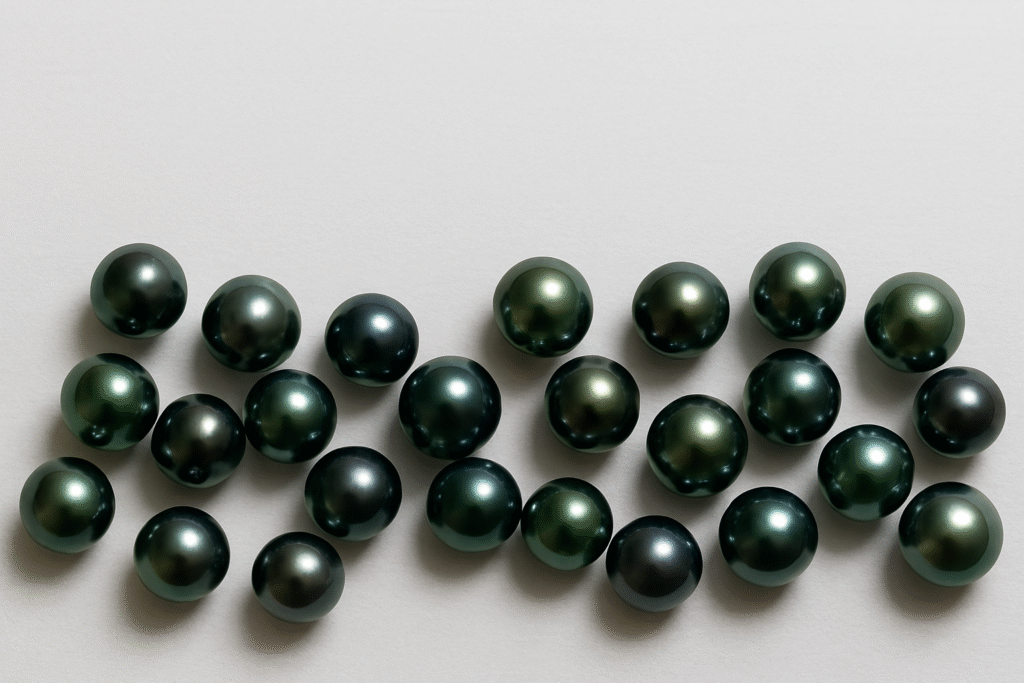Many buyers have emerald gemstone expectations that go far beyond reality. They wear an emerald ring for a week and wait for instant riches. But gemstones are not magic wands. They are supportive tools that work over time, aligning with your effort and persistence.
What an Emerald Gemstone Really Does
- Emerald is connected with Mercury in Vedic astrology.
- It is said to improve focus, clarity, and communication.
- Stronger decisions may support career and business growth.
But remember: “The emerald is the compass. You still need to walk the road.”
Common Emerald Gemstone Expectations
A client once asked: “I wore my emerald for seven days. Why hasn’t my wealth doubled?” My answer: The gem can sharpen your mind, but it cannot replace discipline, planning, and risk management.
Research shows that over 70% of gemstone buyers expect immediate results. Yet wealth comes when consistent effort meets subtle gem influence.
Q&A About Emeralds
Q: How long does it take for emeralds to show results?
A: Effects vary. Some feel changes in weeks, others after months. It’s like tuning an instrument.
Q: Can emeralds alone make someone rich?
A: No. They may guide your judgment, but success still requires action.
Q: Who should wear emerald gemstones?
A: Suitability depends on your horoscope. The wrong stone may create setbacks. Always consult a qualified gemologist.
My Expertise
With 40+ years in gemology, I’ve seen emeralds help clients sharpen negotiation skills and avoid costly mistakes. Recognition from industry journals and awards for gemstone education have reinforced one truth: “Emeralds support effort, they do not replace it.”
For further reading on this subject, we recommend checking out the articles:
- Understanding BIS Hallmark: What It Means for Your Jewellery
- 24K, 22K, 18K: What Every Malayali Gold Buyer Must Know
- Certified Stones Only: How to Avoid Overpaying for Undocumented Diamonds in NYC
Learn more about BIS India
This article explains why wearing an emerald won’t make you instantly rich. Instead, it highlights how gemstones act as supportive tools that enhance focus, clarity, and communication. Backed by 40 years of expertise, case studies, and client experiences, the article tackles myths, offers a Q&A, and provides quotable insights.
This comprehensive global cuisine FAQ covers everything about Asian and Western food and drinks. Whether you’re exploring international cooking techniques or discovering new flavors, this global cuisine FAQ answers the most frequently asked questions about world food traditions, ingredients, and culinary practices from both Eastern and Western cultures.
Global Cuisine FAQ: Asian & Western Food & Drinks
Food reveals cultural contrasts in clear and delicious ways. From cooking methods to dining customs, Asian and Western cuisines showcase unique traditions while also offering fascinating overlaps. Below, you’ll find answers to the most common questions about these culinary worlds.
Understanding Core Differences in Cuisine
1. What distinguishes Asian and Western culinary traditions?
Asian meals often rely on rice or noodles as a foundation. Flavors usually come from soy sauce, ginger, garlic, and a wide variety of spices. Meanwhile, Western gastronomy emphasizes bread, potatoes, and pasta. Dairy plays a key role, with butter, cream, and cheese giving richness to many dishes. Herbs such as rosemary and thyme highlight European cooking. These contrasts create distinct dining habits and flavor profiles.
2. Are Asian dishes always spicy?
No, not at all. While cuisines from Thailand and parts of India feature bold use of chilies, not every dish follows this pattern. Japanese sushi, Chinese dim sum, and Korean bulgogi are mild examples. In fact, Asian cuisines range from fiery to delicate, showcasing a rich palette of flavor.
Western Breakfast Staples and Comfort Foods
1. What constitutes typical Western morning meals?
Western breakfasts often include eggs, bacon, and toast. Pancakes, waffles, and cereal are also popular choices. These hearty starts are usually enjoyed with coffee, tea, or juice, providing both energy and comfort.
2. What represents popular Western comfort foods?
Comfort foods in the West speak to nostalgia and indulgence. Creamy macaroni and cheese, pizza, and hearty casseroles are favorites. Similarly, burgers and fried chicken have wide appeal. Because they are warm, filling, and familiar, these dishes strongly connect to emotion.
Cultural Dining Practices
1. Do all Asian cultures employ chopsticks?
No. Chopsticks dominate in East Asia—China, Japan, and Korea. However, Southeast Asia prefers spoons and forks, while India and parts of the Middle East often use flatbreads or hands. This diversity highlights how food customs closely reflect culture.
2. Why are some Asian foods fermented?
Fermentation preserves food while also enhancing nutrition and flavor. Korean kimchi, Japanese miso, and Indonesian tempeh show how tradition meets health benefits. These foods are valued not only for taste but also for their role in well-being.
Common Western Beverages
1. What beverages are common with Western meals?
Western dining often features water, soda, or fresh juice. Alcohol also has a strong cultural connection, with wine served at European dinners and beer central in North America. In the southern United States, sweet iced tea is a staple.
Dietary Flexibility and Options
1. Can one discover plant-based options easily?
Yes. Asian cuisines offer tofu stir-fries, lentil dals, and vegetable curries that are naturally vegetarian. Western food, similarly, embraces plant-based eating. Salads, vegetarian pastas, and vegan burgers have grown popular, making meat-free dining accessible worldwide.
Unique Asian Drinks to Explore
1. What are some unique Asian beverages?
Asia provides a wide variety of distinctive drinks. Bubble tea, from Taiwan, combines tea with chewy tapioca pearls. Japanese sake, made from rice, holds deep cultural meaning. Strong Vietnamese iced coffee, sweetened with condensed milk, adds a bold twist compared to Western brews.
Portion Sizes and Dining Habits
1. How do portion sizes compare?
Western meals often emphasize large servings, reflecting abundance. By contrast, Asian meals are usually smaller yet balanced, encouraging sharing and mindful eating. This creates different social experiences around the table.
The Art of Fusion Cuisine
1. Is it feasible to integrate Asian and Western flavors?
Absolutely. Fusion cuisine blends traditions in creative ways. For instance, teriyaki burgers combine Japanese flavors with American fast food, while kimchi tacos bring Korean spice to Mexican street food. These playful mixes show how food bridges cultures.



